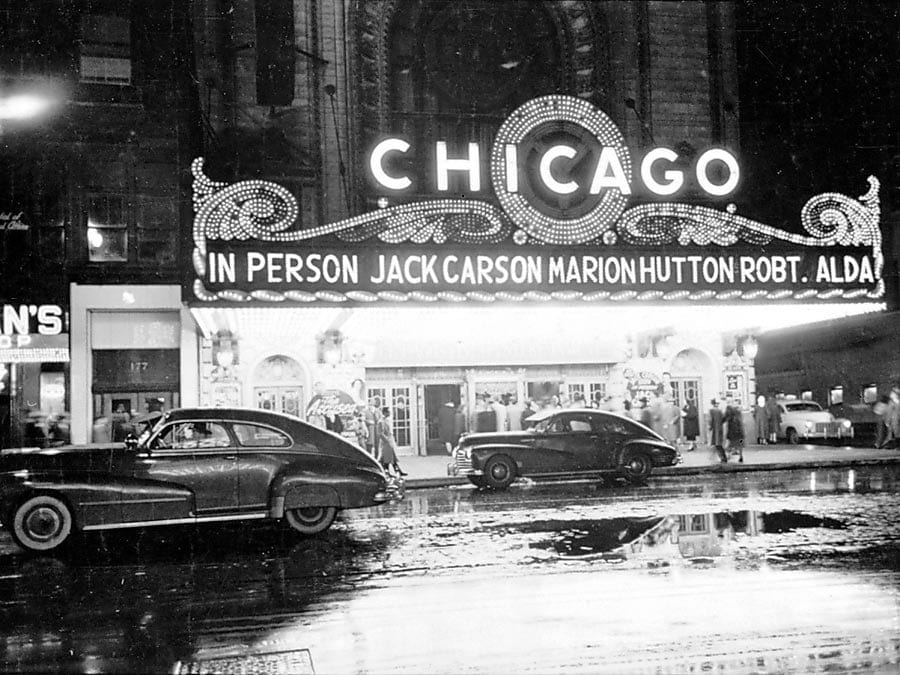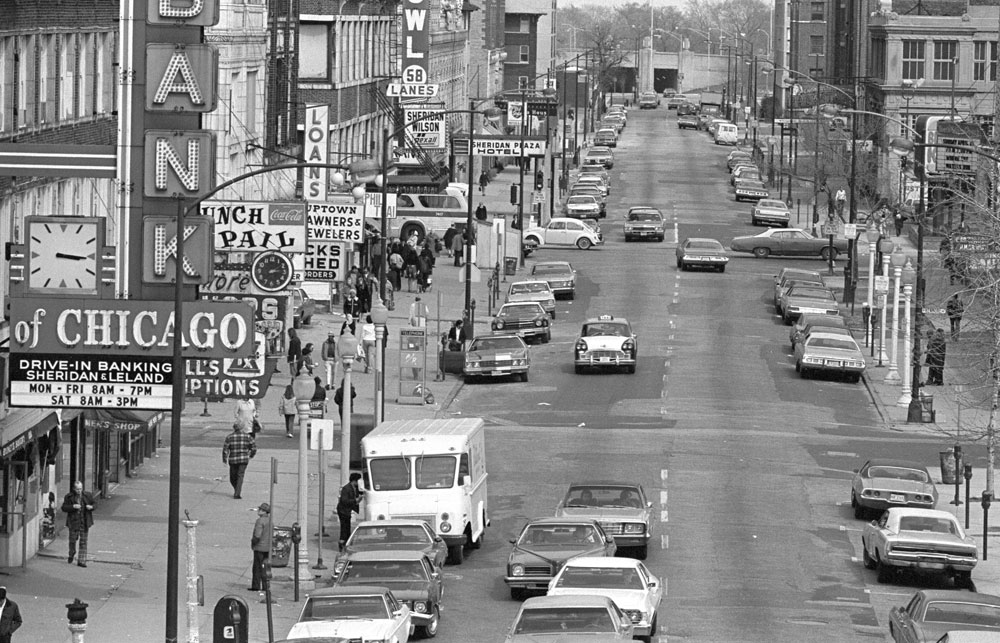
Chicago was founded in 1830
The first non-Indian to settle within Chicago’s future boundaries was a Santo Domingan of mixed African and European ancestry, Jean Baptiste Point du Sable, who arrived around 1780. In October 1871, a fire destroyed one-third of Chicago and left more than 100,000 homeless. The factories and railroads were largely spared, and the city rebuilt with astonishing speed.
A Modern City
The 2000 U.S. Census reported Chicago’s first decade-over-decade population increase since 1950. Immigrants still flock to the “windy city,” though now from Asia and Latin America more than Europe. Chicago remains a center of trade: Airports supplement the old rail and water transit hubs, and agricultural futures are traded electronically from the floor of its storied Mercantile Exchange.
